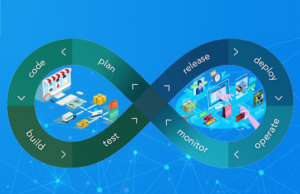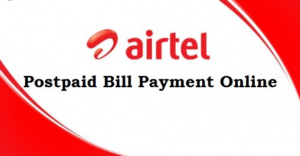
Introduction
Visitor management systems (VMS) have become a crucial part of modern corporate security. These solutions ensure that all guests, contractors, and employees entering a facility are logged, verified, and monitored in real-time. But effective visitor management is about more than just checking names off a list—it requires a robust security framework. In this post, we’ll explore the key components of building and maintaining a secure visitor management framework.
1. Risk Assessment and Requirement Analysis
Before implementing a VMS, it’s essential to perform a comprehensive risk assessment to identify potential security threats.
- Identifying Threats: Consider scenarios like unauthorized access, data breaches, or even tailgating, where an unauthorized person slips in after an authorized user.
- Aligning with Organizational Policies: Determine how your organization’s current security policies intersect with visitor management. Evaluate the need for ID verification, facial recognition, or other advanced features.
- Prioritizing Security Measures: Once threats are identified, rank them based on risk level and develop strategies to mitigate the most critical vulnerabilities first.
2. System Design and Data Protection
Security in a visitor management system starts at the design level.
- Secure Database Architecture: Employ encryption for data both at rest and in transit. This prevents intercepted data from being deciphered by unauthorized parties.
- Role-Based Access Controls (RBAC): Assign user permissions based on job function. For example, only IT administrators might have the authority to modify backend settings.
- Real-Time Monitoring: Monitor all visitor-related activities in real-time. This immediate visibility allows quick responses to suspicious behavior or anomalies.
3. Compliance Integration
A secure VMS should also meet all relevant compliance standards.
- Data Privacy Regulations: Regulations like GDPR or HIPAA require strict handling of personal data. Implement mechanisms like anonymization or data minimization.
- Audit Trails: Maintain detailed logs of all visitor data access and modifications. Audit trails can help demonstrate compliance during inspections or legal inquiries.
- Continuous Reviews: Plan scheduled reviews to update processes and ensure ongoing compliance with evolving regulations and standards.
4. Training and Awareness
No matter how secure the system, human error can compromise security.
- Front-Desk Training: Receptionists or security personnel need clear instructions on ID scanning protocols, data entry, and handling personal information.
- Clear Policies: Draft guidelines on data security and visitor confidentiality. Ensure that everyone who interacts with the system understands these guidelines.
- Security Culture: Promote a culture of security awareness so that all staff (including contractors) understand the importance of compliant and secure visitor management.
Conclusion
A secure visitor management framework involves thorough risk analysis, robust system design, and ongoing compliance checks. Training and awareness further bolster your defenses, ensuring that every person responsible for managing visitor data stays informed and vigilant. For an all-in-one visitor management system that prioritizes security, explore Vizitor (https://www.vizitorapp.com/visitor-management-system/).






